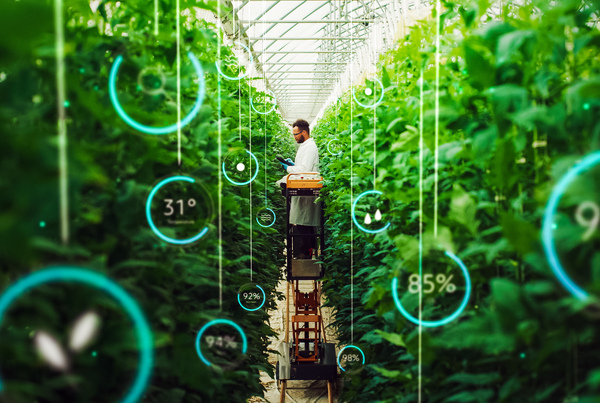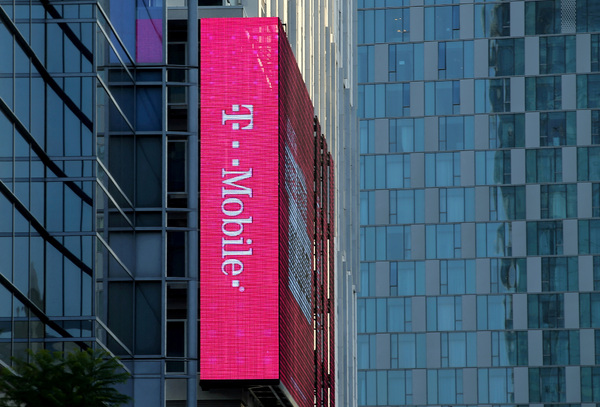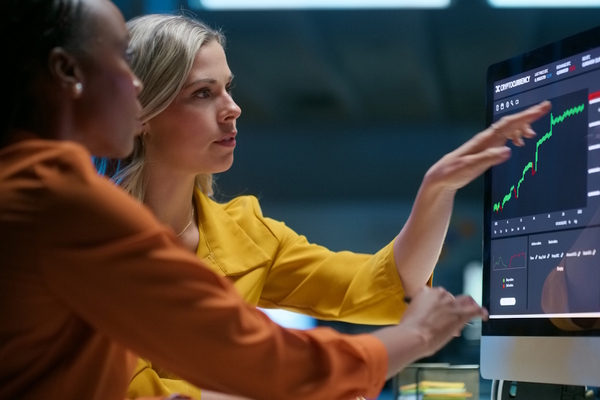American View: What GAI-generated content can you ethically use? It depends …

Everyone seems to hold strong opinions about generative “AI” these days. Most professionals that I’ve spoken with hold rational, nuanced views about how the technology is (a) insanely overhyped, (b) cost-ineffective, and (c) morally and legally dubious at best. I won’t dig into those positions here; most of you are aware that training a large learning model on stolen content and then using horrific amounts of shouldn’t be legal. To say nothing of taking paid work away from real artists. Beyond the technological accomplishment of creating these tools, there’s not much to recommend GAI that can possibly outweigh its downsides. That seems to be the consensus.
Less rational folks – most of whom seem to be the loudest voices on Twitter and/or Super Bowl adverts – take astonishingly extreme positions: to wit: either “GAI” is going to eliminate all human labour, thereby ushering in a golden age of Bacchanalian leisure and infinite wealth … somehow ... or else GAI will bring about an Iron God™ that will obliterate all life on Earth and throughout the cosmos. I find both these positions tiresome and silly.
It’s clear that GAI is morally, ethically, economically, commercially, logistically, and legally complicated. I’m hopeful that someone responsible will sort this out as soon as possible. Until then, though, I’m torn over what – if anything – we should do with this tech. Failing that, I’m spending a lot of time mulling over what *I* should do with this stuff?
From a practical standpoint, I’ve been splitting hairs. I made one small graphic on a smaller GAI tool to see how the tool worked then vowed to stop. I don’t make anything with GAI myself and I don’t commission artists to make anything with it either. I don’t pay for GAI-generated products and am careful to never choose GAI-generated images to my articles. On the other hand, if I find interesting images that have already been created, I’ll sometimes use them for gaming. Nothing commercial, mind, just hobbyist TTRPG work for a handful of friends.

One example of this involves sparking inspiration. I don’t actively search for GAI material, but I do follow several delightful influencers who experiment with GAI to create stories and images that each express their personal style. I’m most fond of these Twitter creatives:
- @DKagemann spent the last two years creating hilarious, cartoonish, images of a 70s era barbarian with a mullet, cowboy boots, and jean shorts (among other projects).
- @obeca makes surreal “photos” of everyday life featuring impossibilities showcased in an “are you sure this isn’t an old photo” vibe.
- @Ikolovepepita tells extended multi-character stories through sequences of cyberpunk character and location stills and video segments.
- @yorinsmenagerie makes wild characters in even wilder backgrounds, many of which would make great additions to a superhero story or game.
That last part is the most important for me: I see these influencers’ creations and their work gives me ideas. I jot down notes to apply to the games I run. It doesn’t matter if the setting I’m writing for is high fantasy, gritty cyberpunk, four-colour comic books, noir detectives, eldritch horror … These four’s creations always tickle my imagination. In my last campaign, I got nearly five dozen background character ideas from these folks’ work. That wasn’t what either they or I intended, but my interactions with their posts became something else entirely (something that usually made my players laugh until they cried).

In a similar vein, I build small “handouts” for my players to help flesh out the world they’re playing in. In the superhero campaign I wrapped last year, I made fake magazine articles to explain plot details, fake military memoranda to explain villain origins, and scathing (but still fake) album reviews from Rolling Stone to show just how badly a washed-up disco singer’s debut album was received by the press. My practice has been to look at real examples of what I want to imitate, then write what I want and fill it with creative commons images when “photos” are needed. Again, this is just for my players; we don’t sell or publish any of this.
Lately, I’ve been considering using some already-created GAI content from my favourite creators (recreators? meta-creators?) to flesh out a game handout. I’m working on a short (and fake) journal article for our upcoming pulp fantasy game: a scholarly look at the origin and development of arcane chamber pots. This is exactly as silly as it sounds, by design. Consider this excerpt from the “article” on how the different schools of wizardry approached the engineering problem:
CONJURATION (a.k.a., Sending the poop somewhere else)
The most profitable arcane model is the original “portal potty.” The bottom of this pot is a one-way teleportation gateway. Clever merchants give the pot away for a pittance, then profit off monthly charges for maintaining the pot’s target exit point in the community’s municipal sewers.
Does this “content” (and I use the term loosely – pun intended) that I’m writing have any commercial value? I’m pretty sure it doesn’t; it’s just a bunch of home-brewed game lore. My use of one of @Obeca’s magnificent toilet images (yes, these exist) (and they’re hilarious) isn’t depriving any working artist of a sale … although if I ever decide to submit this silly article to a fanzine, I’ll absolutely pay a real artist to replace the GAI-generated placeholder graphic. Anything less would be – I strongly believe – crappy behaviour.

That’s where I’ve fallen on the conundrum so far. That GAI-generated content which already exists and is posted to the Internet can be ethically used for inspiration and minor non-commercial use. Every use beyond that seems to me to be ethically questionable, if not irresponsible. My current position might be overly cautious; we’ll see as the topic develops and wiser people weigh in. Until this gets sorted, I’ll be limiting my use of everything GAI.
If you (personally) and your employer (generally) haven’t had this discussion yet, you’d best get to it. These tools are in the wild and they’re going to get used in your organisation. It might be by communicators needing images they can’t find in their stock photo library or developers needing new code snippets to finish a project. If you don’t set clear rules about what can and must not be used, your people will find and surpass your unarticulated limits for you in their eagerness to see what the technology can do.

Keil Hubert
Related Articles
Most Viewed
Winston House, 3rd Floor, Units 306-309, 2-4 Dollis Park, London, N3 1HF
23-29 Hendon Lane, London, N3 1RT
020 8349 4363
© 2025, Lyonsdown Limited. Business Reporter® is a registered trademark of Lyonsdown Ltd. VAT registration number: 830519543





